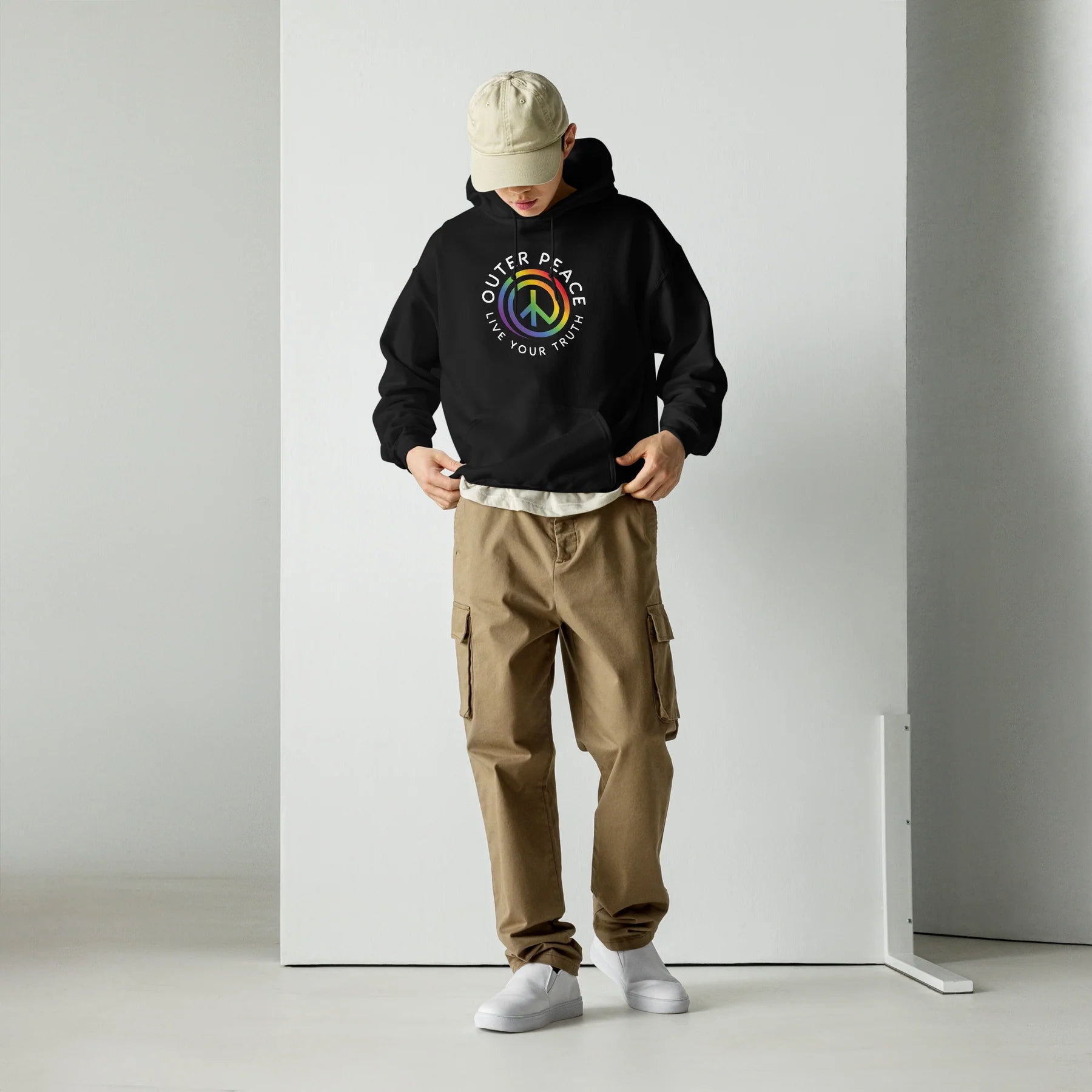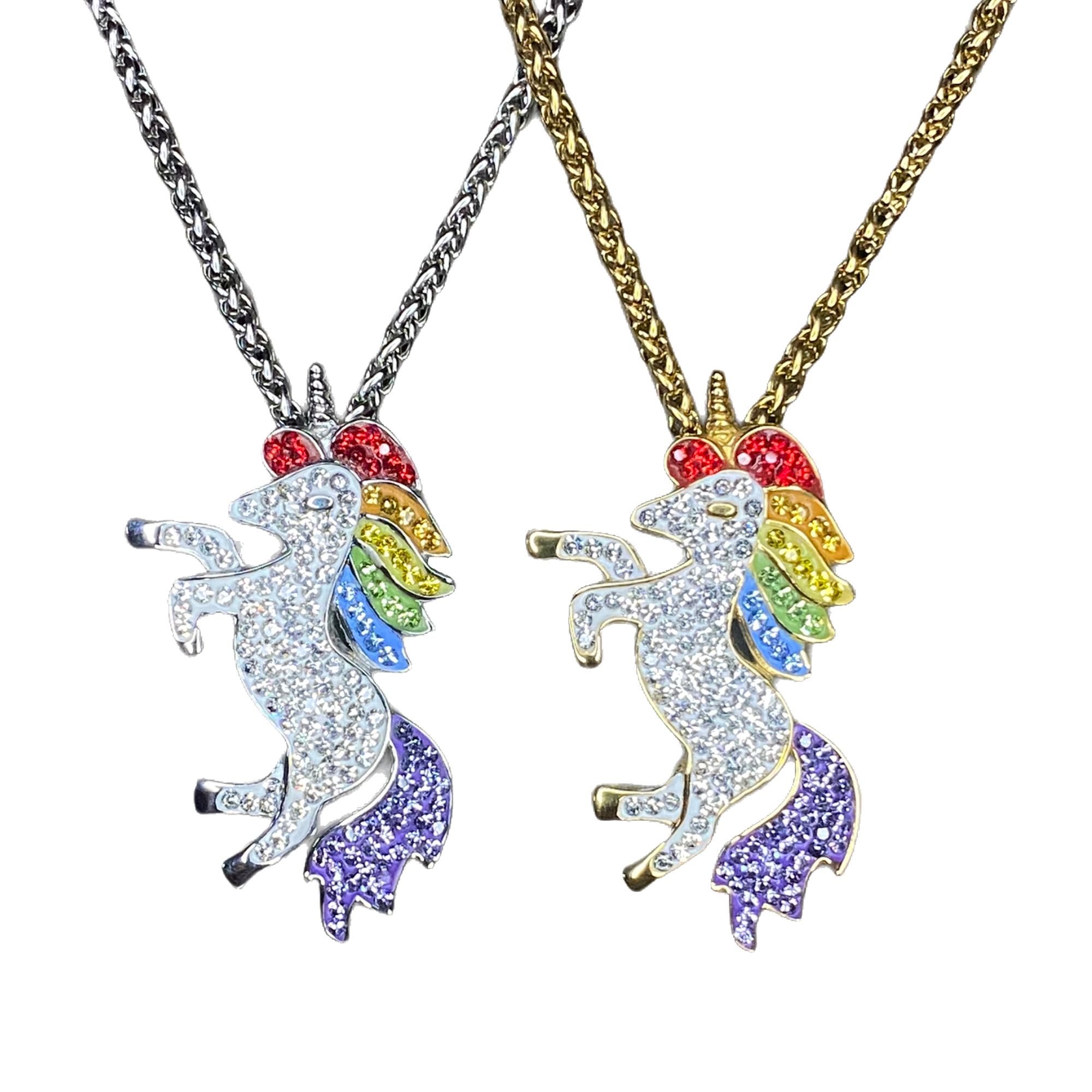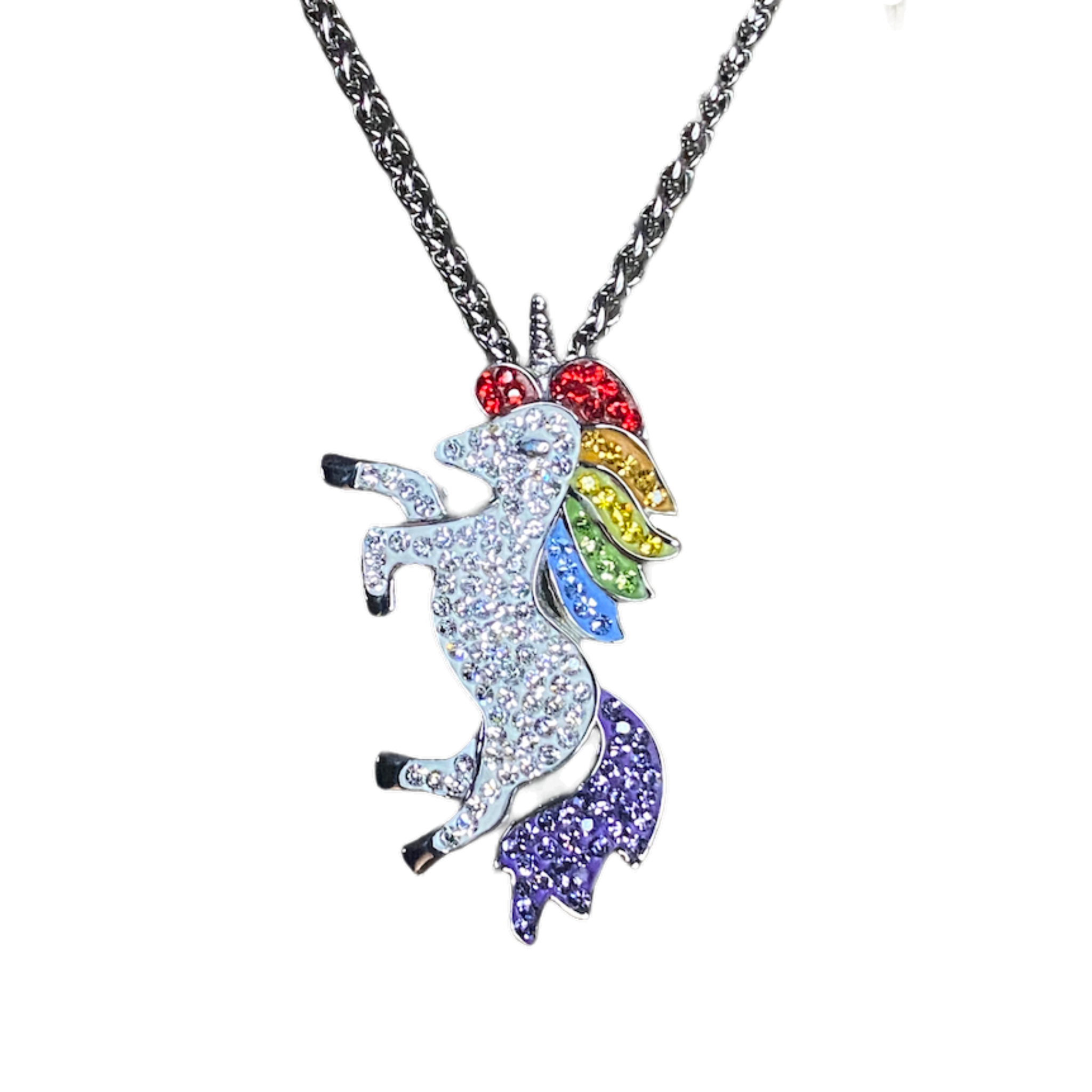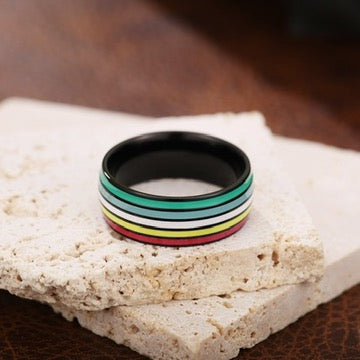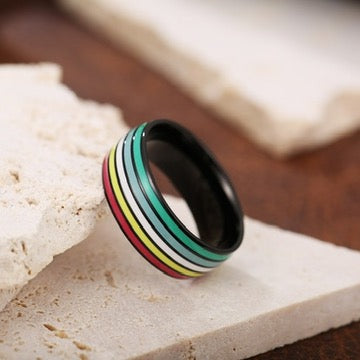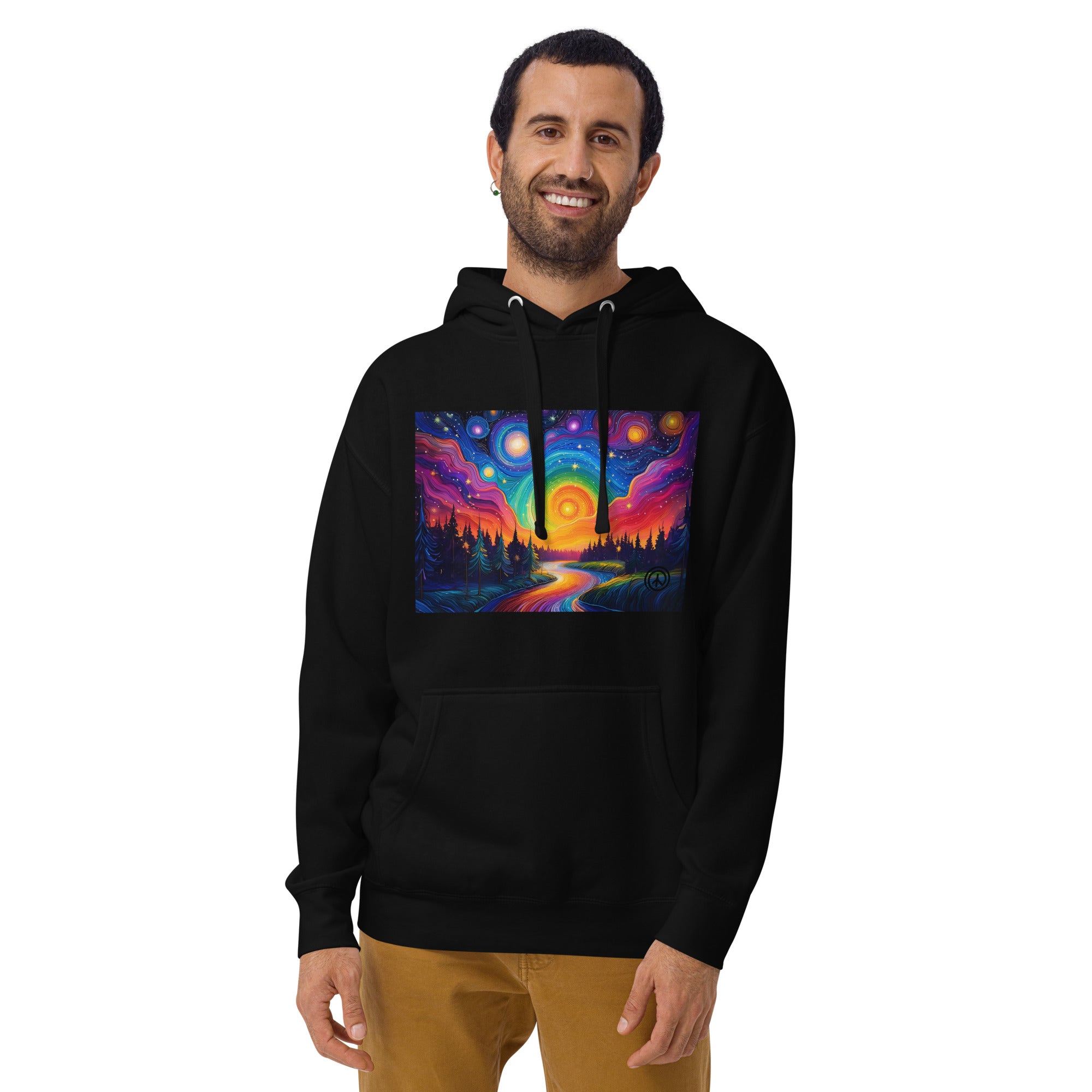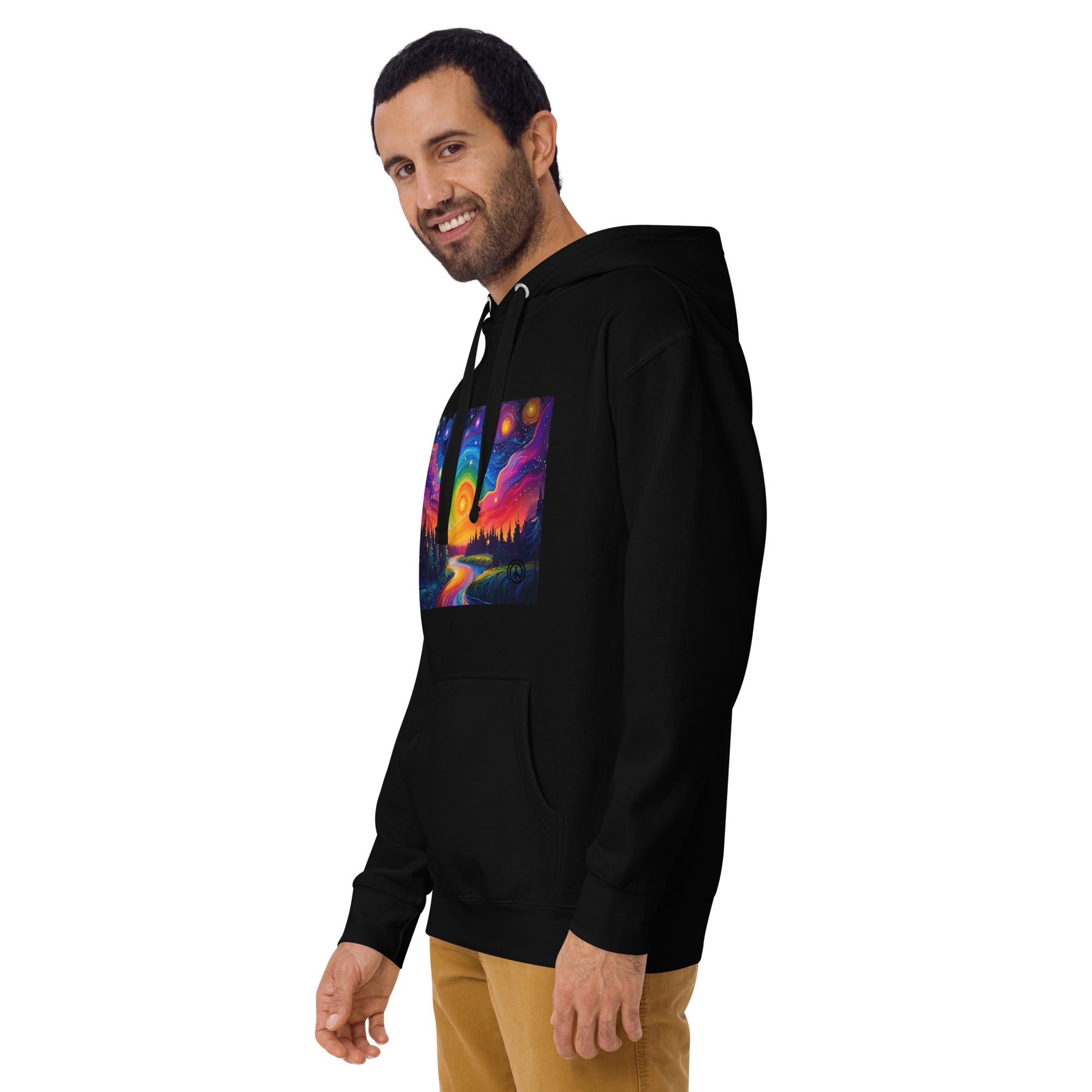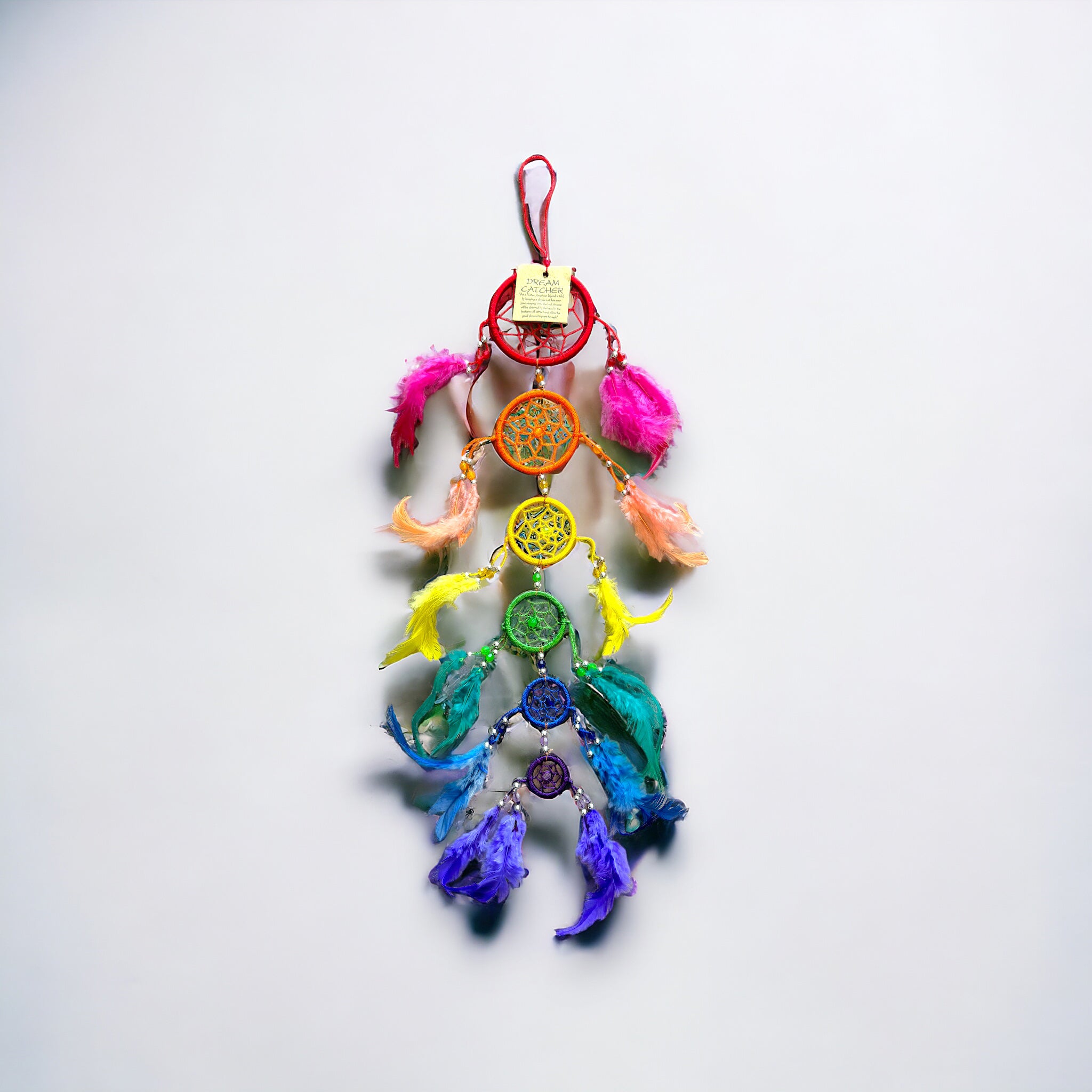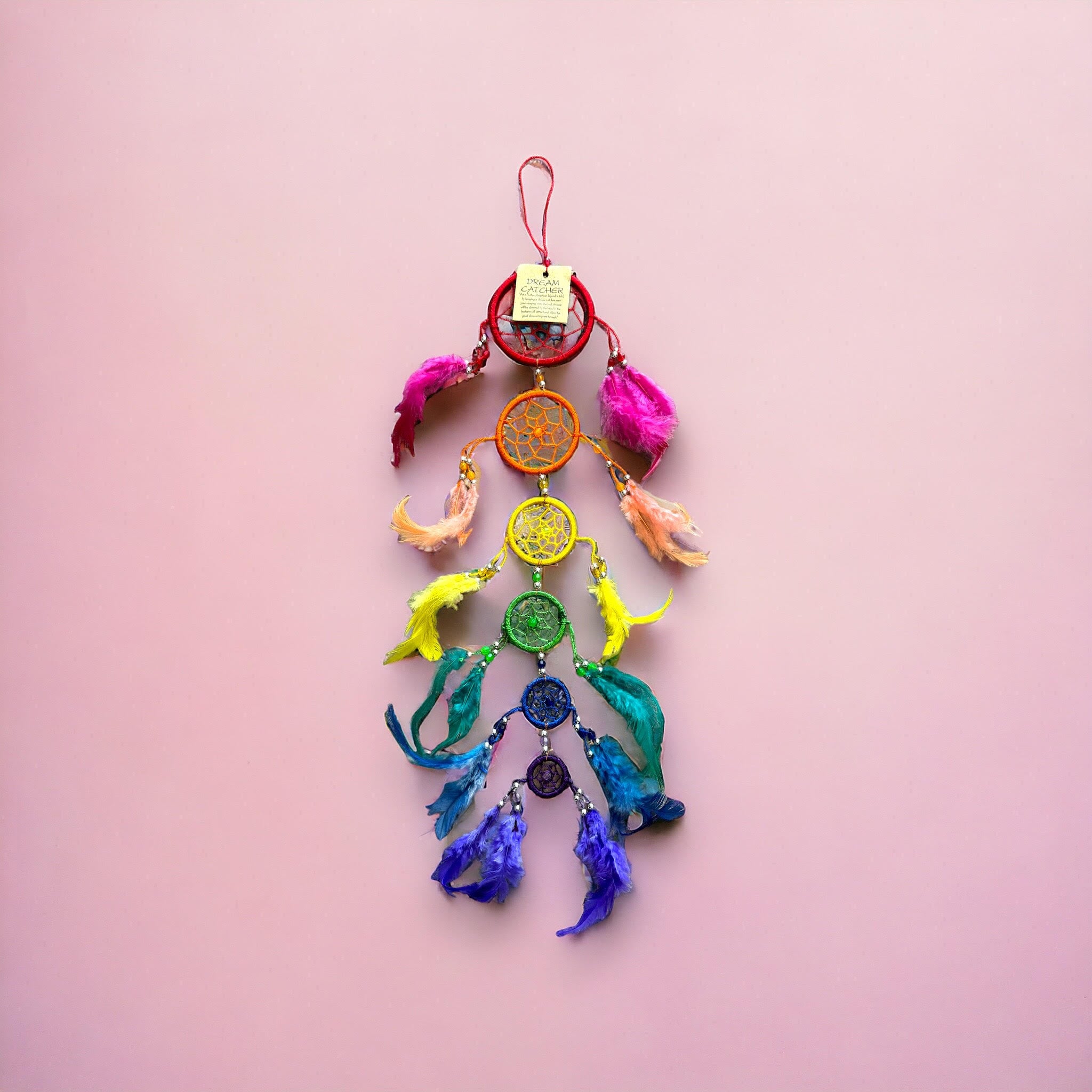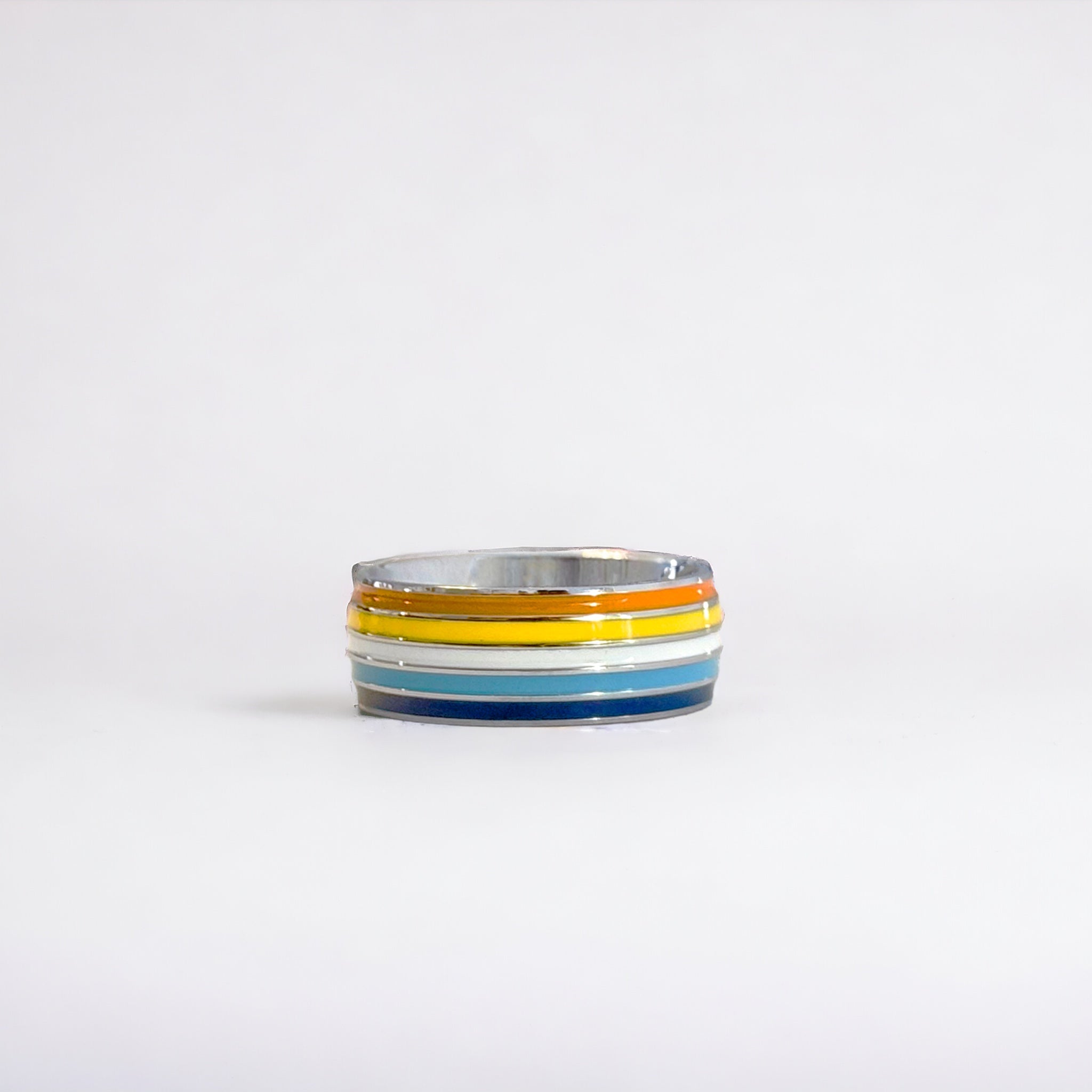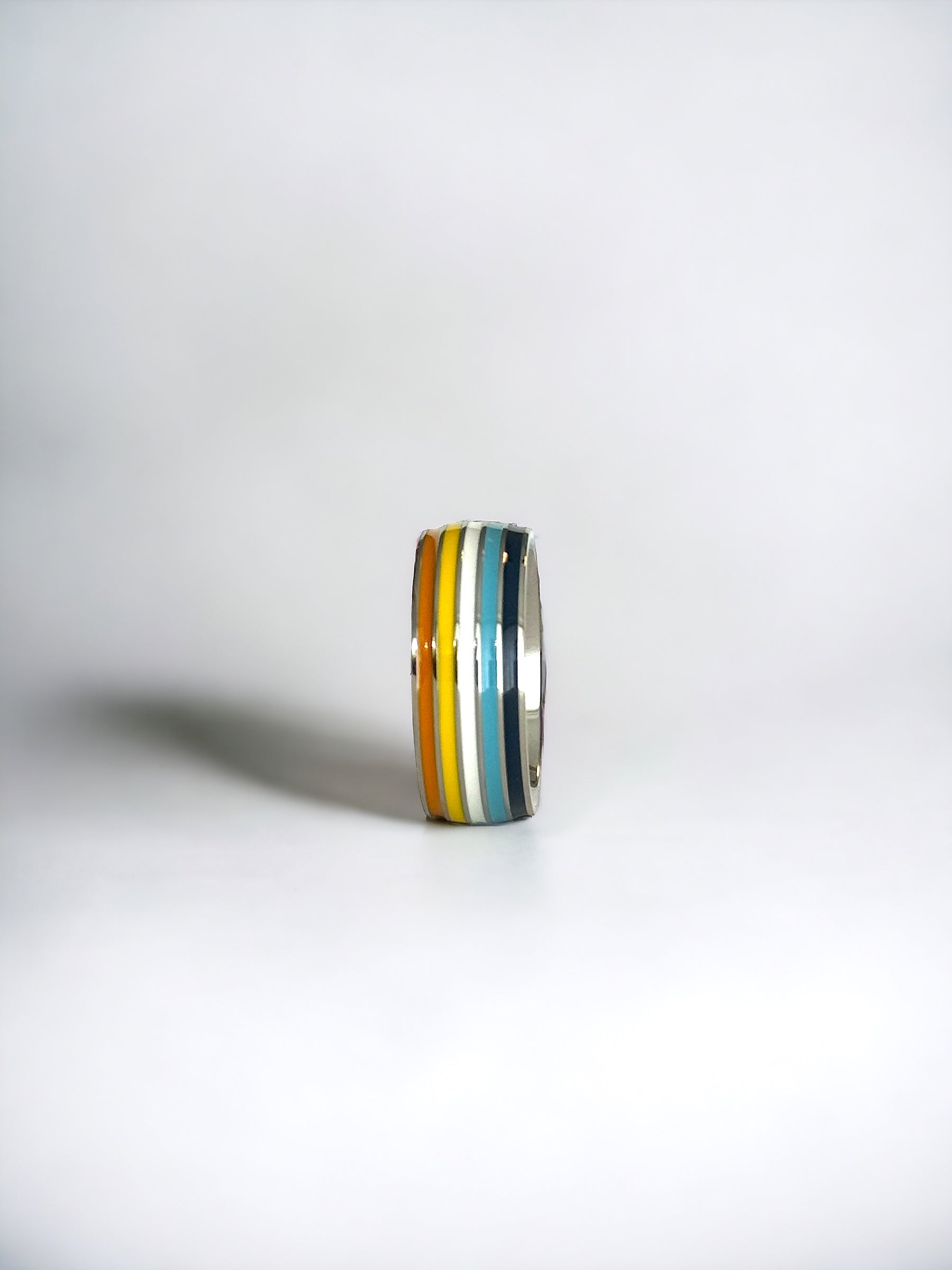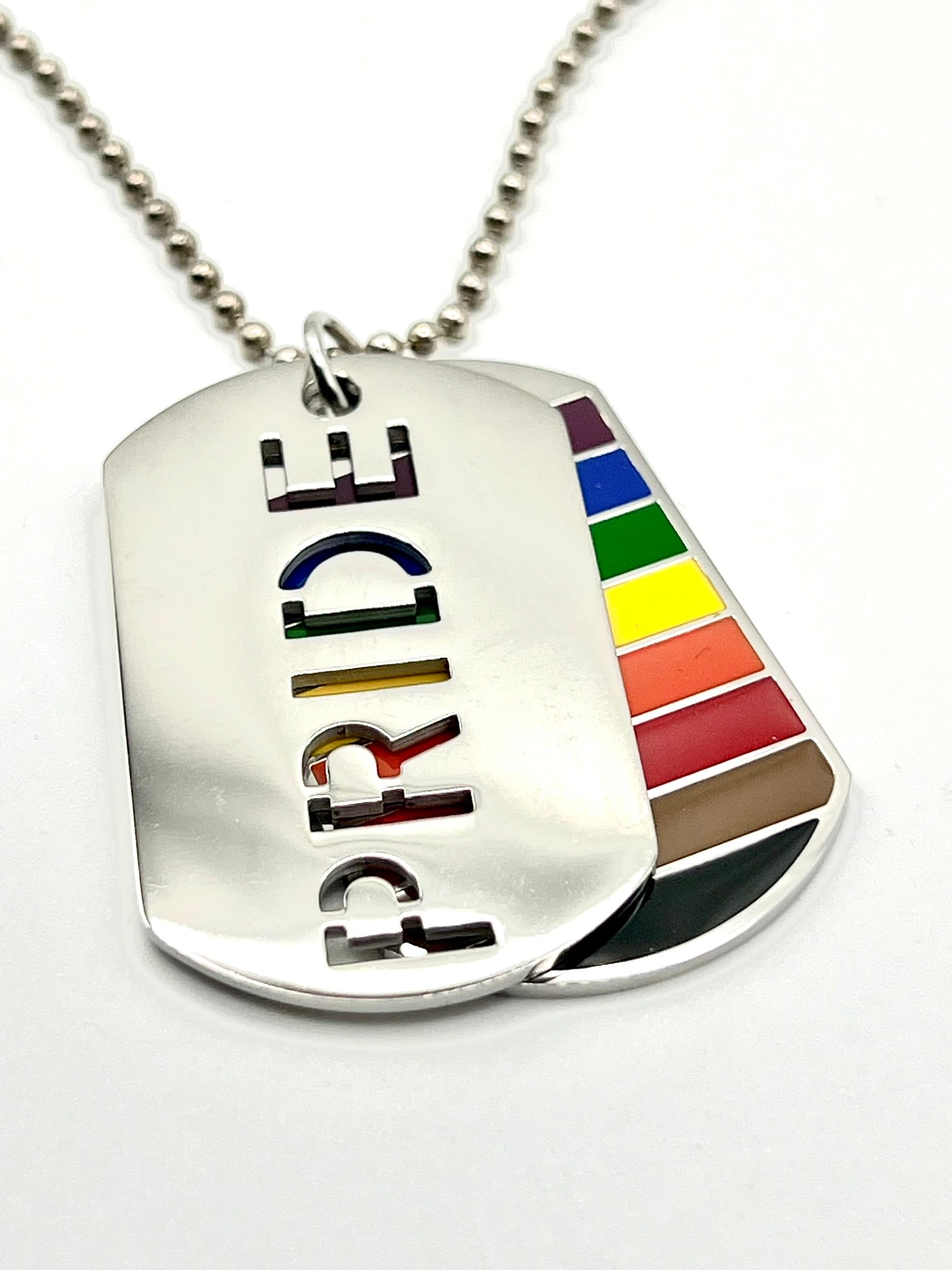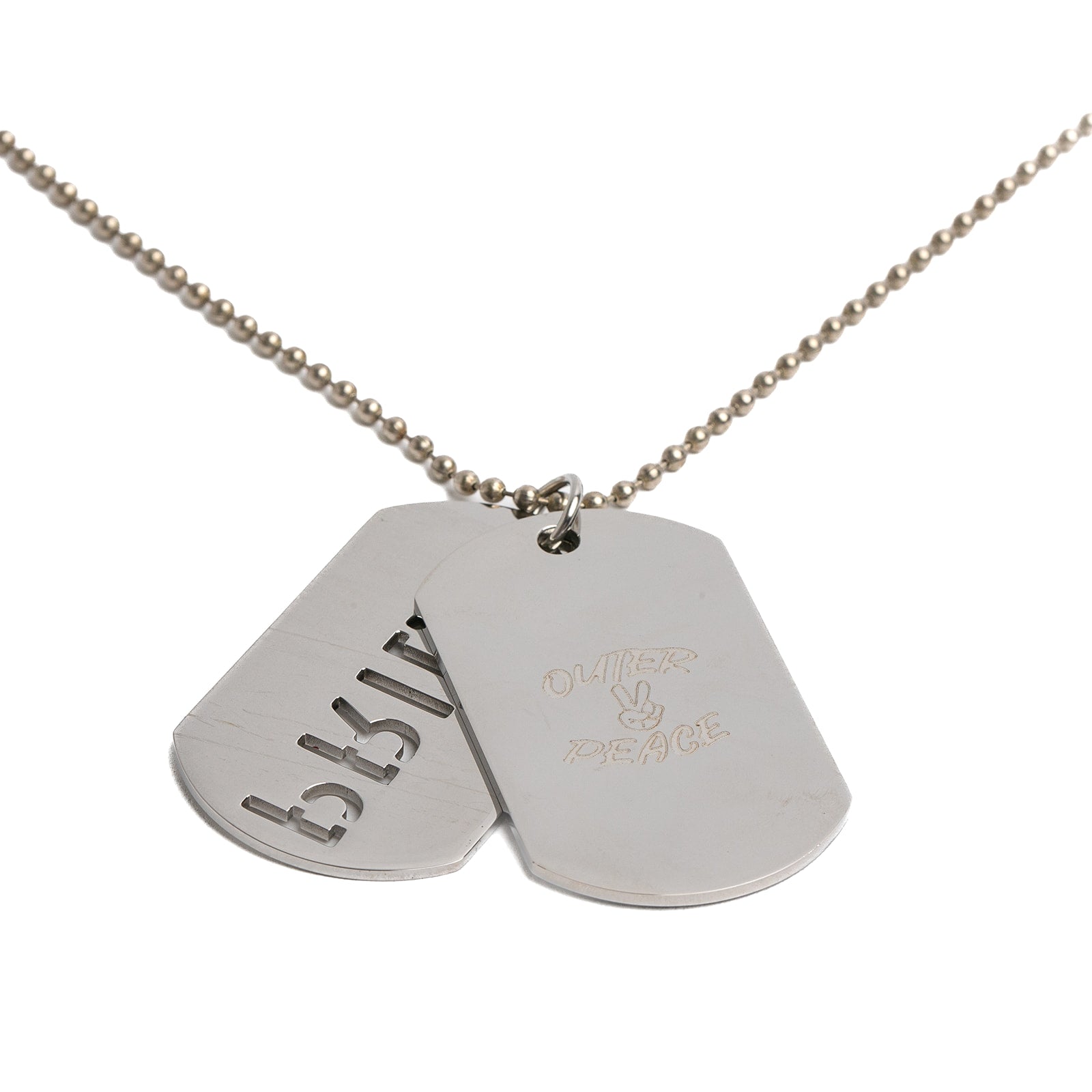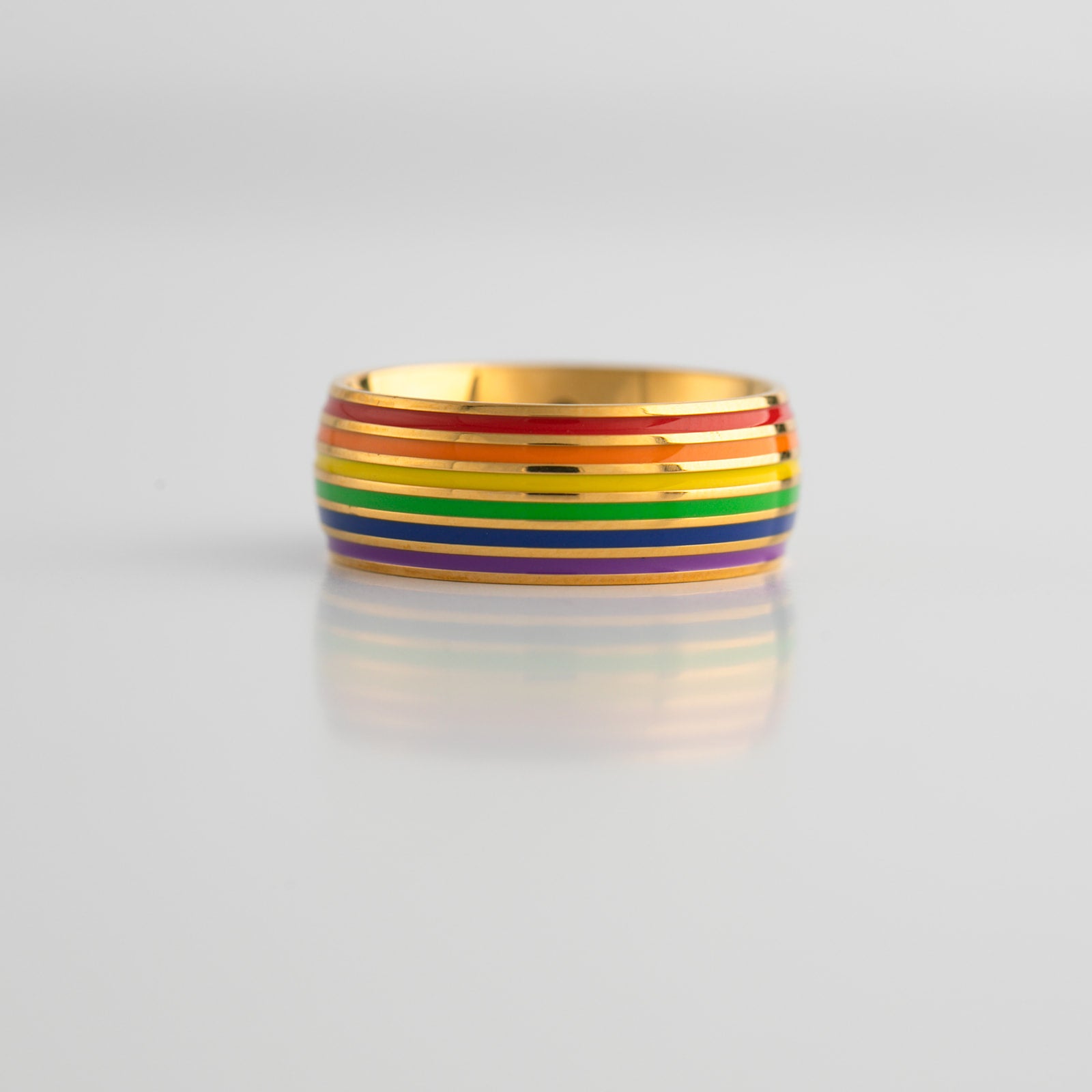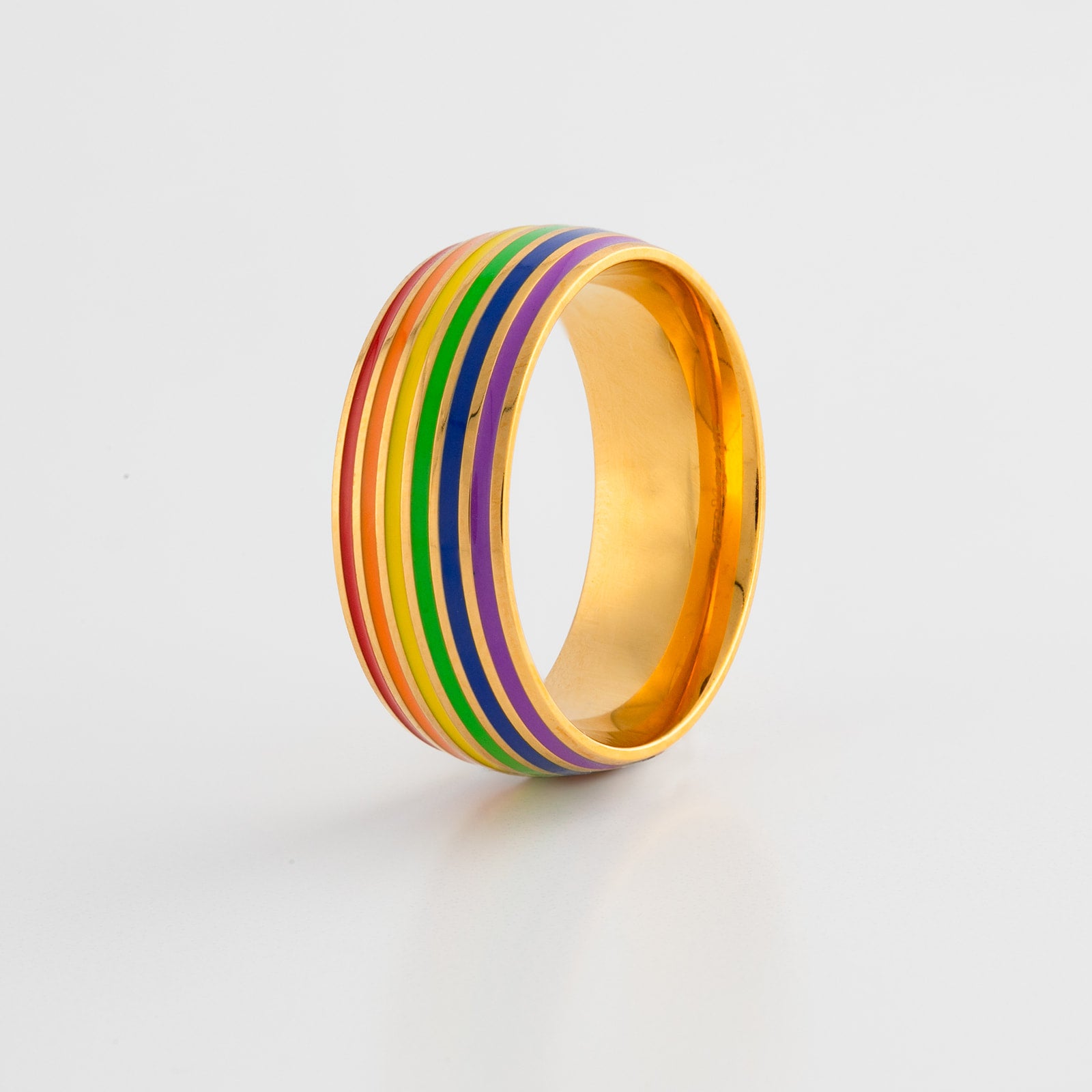
The fashion industry has long been a challenging space for diverse representation. However, an influx of LGBTQ+ designers are bringing fresh perspectives, challenging traditional norms, and promoting diversity and inclusivity in their designs. These designers, with their unique experiences, are revolutionizing the fashion industry and creating a more accepting environment.
LGBTQ+ designers are making considerable contributions in the fashion industry, introducing innovative ideas that challenge conventional gender norms. For instance, Christian Cowan's brand, which gained attention after Lady Gaga wore his pink glitter suit in 2014, has become a symbol of creative personality dressing. Cowan advocates for accepting the spectrum of gender and sexuality, which he believes will lead to a more free and accepting society. Similarly, LA-based designer August Getty, known for dressing celebrities such as Kim Kardashian and Katy Perry, has been vocal about the importance of representation and inclusivity for all. Getty strongly believes in the role of fashion in self-expression and emphasizes that inclusive designs should offer endless, genderless freedom and cater to people of all different races, ethnicities, ages, and identities.
Inclusivity and diversity in fashion are paramount. They acknowledge the diverse range of individuals who appreciate and wear fashion. Inclusivity not only challenges traditional gender norms but also celebrates individuality, making the fashion industry more representative and welcoming. For example, Zizi Donohoe, a gender-neutral designer, reimagines streetwear with sustainable fabrics, considering the environmental impact of each product she designs.
Prominent LGBTQ+ designers are indeed making a significant impact on the fashion industry. Christian Siriano has been a vocal advocate for inclusivity and diversity in fashion, catering to celebrities of various shapes, sizes, and genders. Another notable designer is Telfar Clemens, who has created a gender-neutral fashion line that challenges traditional notions of masculinity and femininity. The brand's approach to fashion creates designs that can be worn by anyone, regardless of their gender identity. Telfar's designs are meant to be universal, a philosophy encapsulated in the brand's motto, "It's not for you, it's for everyone."
Despite the positive strides, LGBTQ+ designers still face challenges such as discrimination and lack of representation. However, these challenges also present unique opportunities to bring their perspectives and experiences to the forefront of fashion. They connect with a wider audience and positively influence the industry through their inclusive and diverse designs.
Looking forward, LGBTQ+ designers will play a crucial role in shaping the future of fashion. Their influence extends beyond just making an impact on the industry; they're also reaching a broader audience. Despite facing adversity such as discrimination and lack of representation, LGBTQ+ designers are pioneering a path towards a more inclusive and diverse fashion industry.
In conclusion, the rise of LGBTQ+ designers is a testament to the evolving landscape of the fashion industry. Their influence underscores the importance of diversity and inclusivity, challenging traditional norms, and celebrating individuality. These designers are not only reshaping the fashion industry but also creating a more accepting society. By continuing to advocate for change and inclusivity, the fashion industry will become a more representative and welcoming space for all.
Featured collection
Get onboard with out awesome collection of LGBTQ+ exclusives!
2 Color(s) Available
10 Color(s) Available

